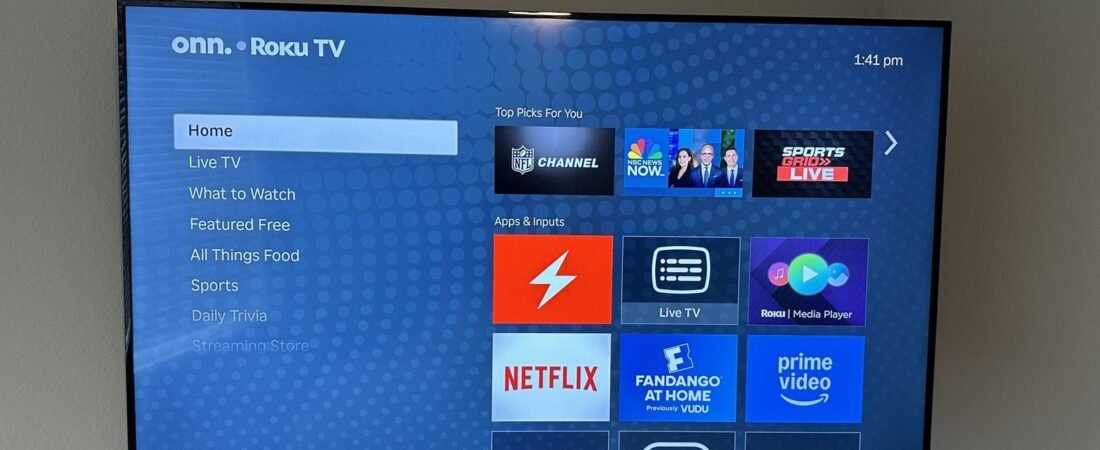Televisions, as one of the most commonly used electronic devices in our daily lives, are composed of a complex combination of parts and technologies. In this article, we will explore the main components of a television and how each functions.
▎1. Display Screen
The display screen is the heart of any television, responsible for showing images and videos. There are various types of display screens:
- LED TV (Light Emitting Diode): Utilizes light-emitting diodes for back lighting and is commonly found in LCD TVs.
- LCD TV (Liquid Crystal Display): This technology uses liquid crystals to display images and is known for its color accuracy and image clarity.
- O LED TV (Organic Light Emitting Diode): In this type of display, each pixel generates its own light, resulting in very high contrast and vibrant colors.
- Q LED TV (Quantum Dot Light Emitting Diode): These televisions use quantum dot technology to enhance color quality and brightness.
▎2. Panel
The panel is the main structure of the display that includes various layers such as filters and liquid crystals. The quality of the panel greatly affects image clarity and viewing angles.
▎3. Control Board
The control board or main board of the television is responsible for processing input signals and controlling the operation of other components. This board includes a processor and memory, allowing the television to process images and sound.
▎4. Graphics Card
The graphics card is responsible for processing images and converting digital data into signals that can be displayed on the screen. The quality of the graphics card has a direct impact on image clarity and colors.
▎5. Audio System
The audio system consists of speakers and amplifiers that determine the sound quality in televisions. Some models come with advanced audio systems that provide a better listening experience.
▎6. Inputs and Outputs
Televisions come with various inputs and outputs that allow users to connect different devices. Inputs such as HDMI, USB, and AV are among the most important.
▎7. Power Supply
The power supply circuit is responsible for providing the necessary energy for all television components to function.
▎8. Tuner
The tuner receives television signals and converts them into signals that can be displayed. Digital tuners generally provide better picture quality.
▎9. Operating System
Many modern televisions come equipped with operating systems that allow access to the internet and streaming content from online services.
▎10. Remote Control
The remote control is an essential component of a television that allows users to adjust settings and change channels.
▎Conclusion
Televisions combine advanced technologies and diverse components to provide users with a rich content viewing experience. Understanding the main components of a television and how they work can help users make better choices and take advantage of available features. With technological advancements, televisions are expected to continue improving and offering new features.

